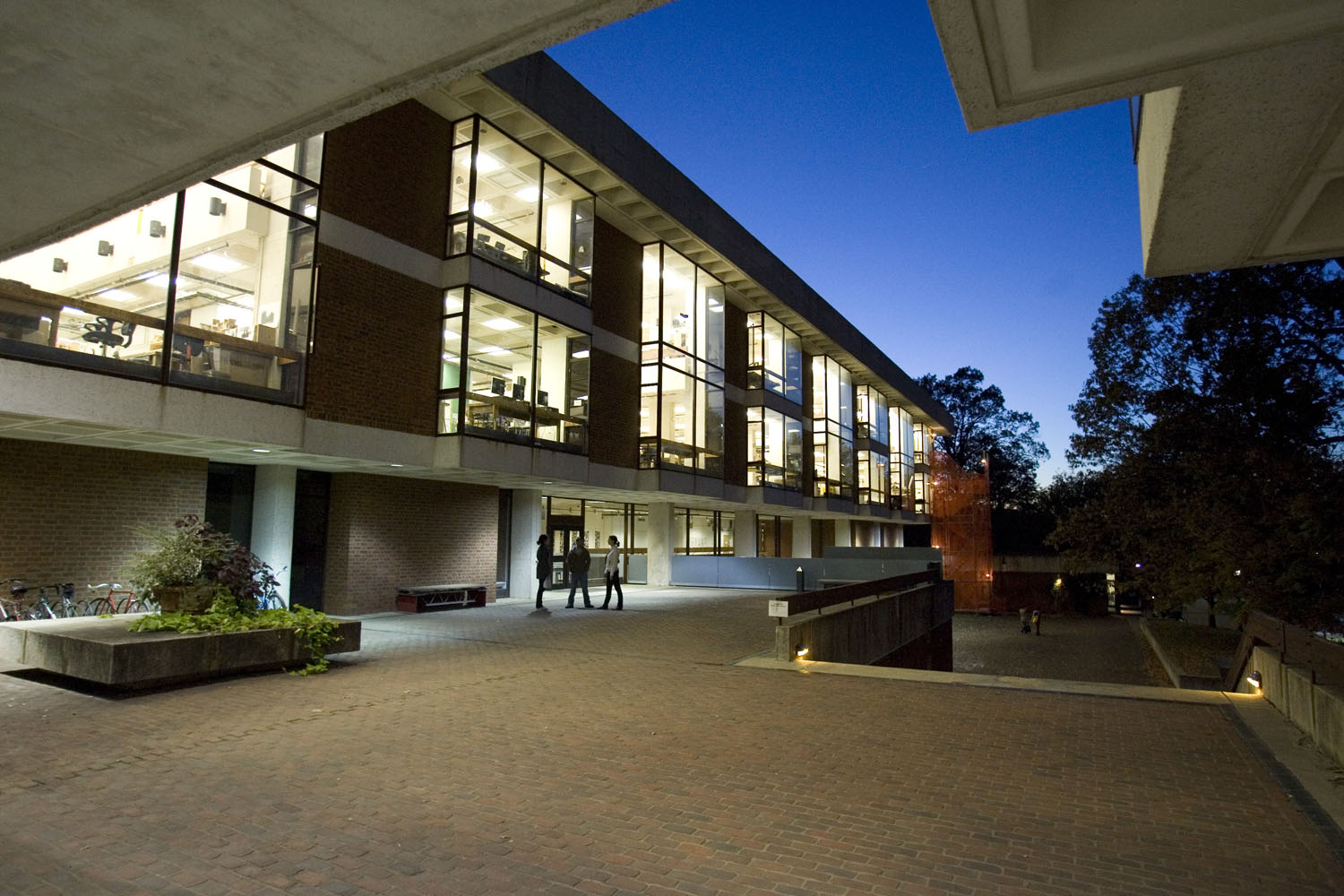The University of Virginia School of Architecture will launch its new doctoral degree program, a Ph.D. in the constructed environment, welcoming its first students in the fall of 2014.
The interdisciplinary doctoral degree will span all of the school’s disciplines: architecture, landscape architecture, urban and environmental planning, and architectural history.
U.Va.’s Board of Visitors endorsed the proposed program in June 2011, and the State Council of Higher Education for Virginia gave it final approval earlier this month.
The school has an established record of this type of interdisciplinary research, which the proposed doctoral program is intended to advance and augment, said Kim Tanzer, dean of the school and Edward E. Elson Professor of Architecture.
“This marks an important new chapter in the history of the U.Va. School of Architecture,” she said. “Our faculty will be able to contribute fully to shaping the next generation of academics and scholar-practitioners, and students from across the country and around the world will have the opportunity to work with U.Va.’s best-in-class faculty.”
The program will produce scholars and practitioners who can create and apply new knowledge about issues of the human-made environment. A key characteristic of these issues is their interdisciplinary scope and scale, encompassing technical, social, ethical, historical and aesthetic questions.
“One of the exciting things about the program is its combination of depth and breadth,” said Kirk Martini, associate professor and associate dean for academics in the Architecture School. “Traditionally, Ph.D. students spend most of their time with other students who are studying a topic very closely related to their own. In this program, students will regularly interact with other Ph.D. students studying problems of a quite different scale and nature.”
The term “constructed environment” refers to the environment created by human society, ranging in scale from building components to global infrastructure. Many of today’s most challenging problems relate to the constructed environment and its impact on society and the Earth. These problems include environmental sustainability, public health, affordable housing and urban sprawl.
The proposed Ph.D. in the constructed environment is structured to instill a combination of specialized knowledge guided by broad perspective.
“In this new Ph.D. program, students will learn both the common points and distinctions of their research methods, will learn to communicate with people from other disciplines, and will probably find unexpected connections between their work and others,” Martini said.
The degree program will also ensure the position of leadership of the school and the University by adding doctoral-level researchers who can provide a deeper and more sustained effort to research projects that will complement and augment the work done by undergraduates and professional master’s degree students.
“Ultimately the Ph.D. in the constructed environment will give us a powerful new vehicle to help create a more just and sustainable world,” Tanzer said.
Media Contact
Article Information
May 31, 2013
/content/uva-school-architecture-announces-first-phd-program-fall-2014

